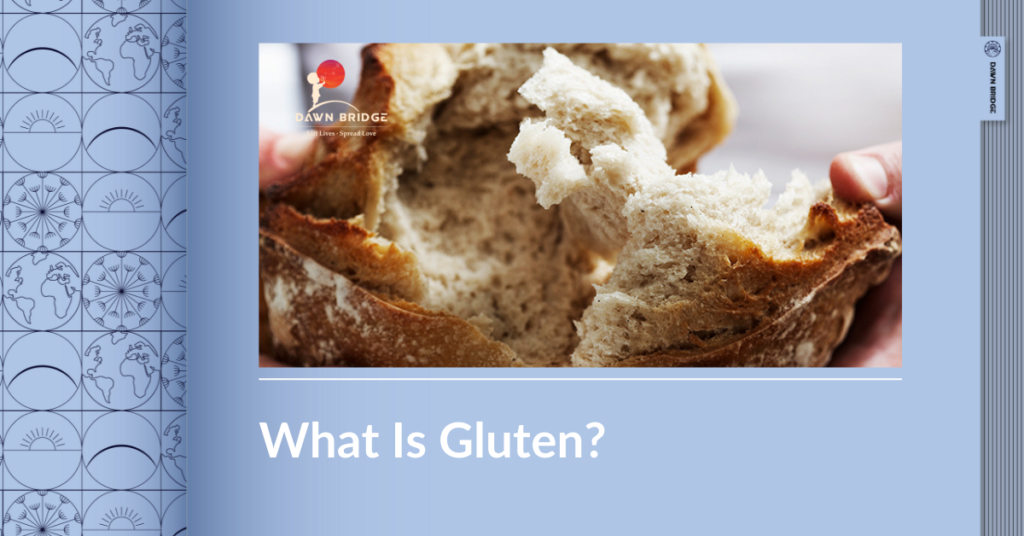Introduction
Consumers love wheat, maise, and rice because they are rich in carbohydrates and, hence, primary energy for humans. These nutritional sources are also contained in gluten. Gluten is a complex mixture of hundreds of related and distinct proteins, mainly composed of gliadin and glutenin. Secalin, hordein and avenins are collectively referred to as “gluten”.
Structure of Gluten
Gluten is composed of two types of proteins which are gliadin and glutenin. They are bound to each other by hydrogen bonds to form a network.
The network between the two types of proteins varies because of different components and sizes and variability caused by genotype, growing conditions, and technological processes.
Properties of Gluten
- Gluten proteins are characterised by high proline and glutamine content.
- Gluten is heat stable and can act as a binding and extending agent, and is commonly used as an additive in processed foods for improved texture, moisture and flavour.
- Resistant to proteolytic enzymes in the gastrointestinal tract
These peptides can cross the epithelial barrier and activate the immune system: trigger an allergic(WA) or autoimmune response (CD)
Gluten Related Disorders (GRDs)
Gluten is related to many diseases. Therefore, scientists have shown interest in gluten for the past two decades because of its well-established role in triggering celiac disease and its perceived role in other adverse reactions to wheat.
“Gluten intolerance” includes three different conditions:
| Celiac Disease A multi-system Autoimmune disorder triggered by the ingestion of gluten in genetically susceptible patients. | Non-celiac Gluten Sensitivity (NCGS) | Wheat Allergy | |
| Global prevalence rate | 0.5-1.7% | 0.6-13% | 0.5-9% |
| Pathogenesis | Autoimmune | Non-specific Immune Response | IgE Mediated Response |
| Symptoms and signs | Abdominal Bloating And Pain, Chronic Diarrhoea, Vomiting, Constipation, Short Stature | Bloating, Diarrhoea, Constipation, Stomach Pain, Headaches, Fatigue, Depression and Anxiety | Swelling, Itching, Irritation of The Mouth and Throat, Nasal Congestion |
Foods High In Gluten
- Alcohol
- Bread
- Cakes and Pies
- Candies
- Cereals
- Cookies and crackers
- French fries
- Gravies
- Pasta
- Hot dogs
Gluten-Free Food
- Fruits
- Vegetables
- Milk
- Fresh beef
- Chicken
- Pork
- Fish
- Lamb
- Turkey
Summary
Gluten is the only protein found in various foods that cannot be digested. Therefore, it provides no essential nutrients. However, it is still necessary in the food industry. For example, it can bring bread to be chewy and elastic, making it more delicious to eat. Therefore, in the current medical view, only the person with gluten-related disorders is advisable to have a gluten-free diet in routine practice. Other possible risks of gluten should also be investigated; for example, the relationship between gluten and autism spectrum disorders is highly suspected to be connected. Some medical professionals also advised that avoiding gluten may help them encounter symptoms of autism spectrum disorders.
References
1.Posner EB, Haseeb M. Celiac Disease. [Updated 2021 Aug 11]. In: StatPearls [Internet]. Treasure Island (FL): StatPearls Publishing; 2022 Jan-. Available from: https://www.ncbi.nlm.nih.gov/books/NBK441900/
2.https://www.webmd.com/digestive-disorders/celiac-disease/ss/slideshow-gluten-free-diet

